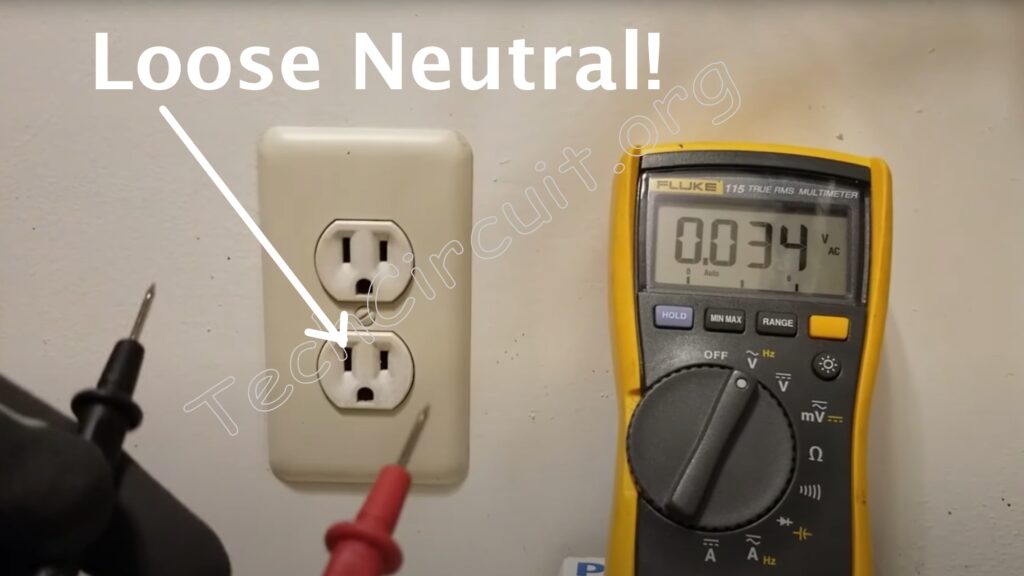
Electrical issues can sometimes be misleading, with outlets appearing to function properly yet failing under load. In this blog, we’ll walk through a real-life example of how to diagnose and troubleshoot a 120v electrical outlet with a loose or floating neutral connection. By understanding the tools and methods involved, you can help determine whether the failure is with the load (the appliance, or whatever is plugged into the outlet), or in the voltage source (outlet or anything upstream of that).
Disclaimer:
THIS BLOG IS INTENDED FOR APPLIANCE TECHNICIANS ONLY. ALWAYS USE APPROPRIATE SAFETY PRECAUTIONS WHEN WORKING WITH ELECTRICITY. THIS BLOG IS FOR INFORMATIONAL PURPOSES ONLY. IF YOU CHOOSE TO UTILIZE THE CONCEPTS IN THIS BLOG, YOU DO SO AT YOUR OWN RISK. THE AUTHER ASSUMES NO RESPONSIBILITY OR LIABLIITY FOR ANY ERRORS OR OMISSIONS IN THE CONTENT OF THE BLOG.
1. The Problem: Outlet Failing Under Load
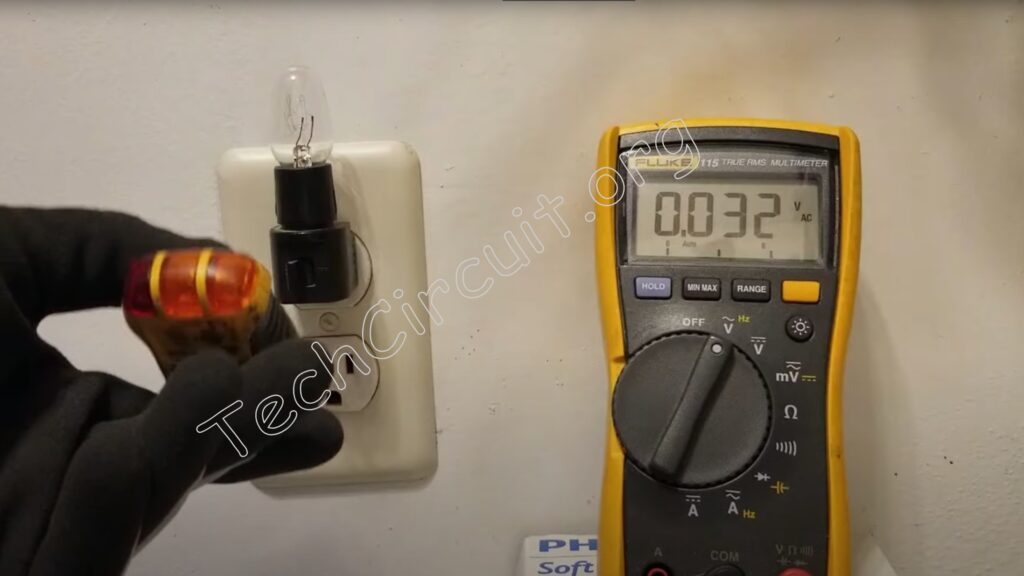
At first glance, a voltage tester indicated that the outlet was working correctly. However, when a light was plugged in, it didn’t turn on, and the voltage tester’s lights dimmed. The same light worked fine in another outlet, confirming the issue was isolated to one specific outlet.
Key Observation:
- The voltage tester showed 122 volts without a load.
- When a light was plugged in, the voltage dropped to just a few volts, indicating a compromised voltage source.
2. Diagnosing the Issue: A Loose Neutral
The behavior pointed to a loose upstream neutral connection. Here’s why:
- Neutral is supposed to stay at or near 0 volts with respect to Earth ground.
- Under load, a loose neutral causes a significant voltage drop, drastically reducing the outlet’s ability to supply current.
Testing Process:
- Voltage Measurement:
- Measured 122 volts without a load.
- Voltage dropped drastically under load.
- Ground-to-Neutral Voltage Check:
- “Loaded” neutral showed a high voltage of 118 volts when tested against the ground, confirming it was “compromised”.
3. Tools for Testing: Traditional and Advanced Methods
Different tools were used to diagnose the issue, each with its advantages:
Traditional Voltmeter:
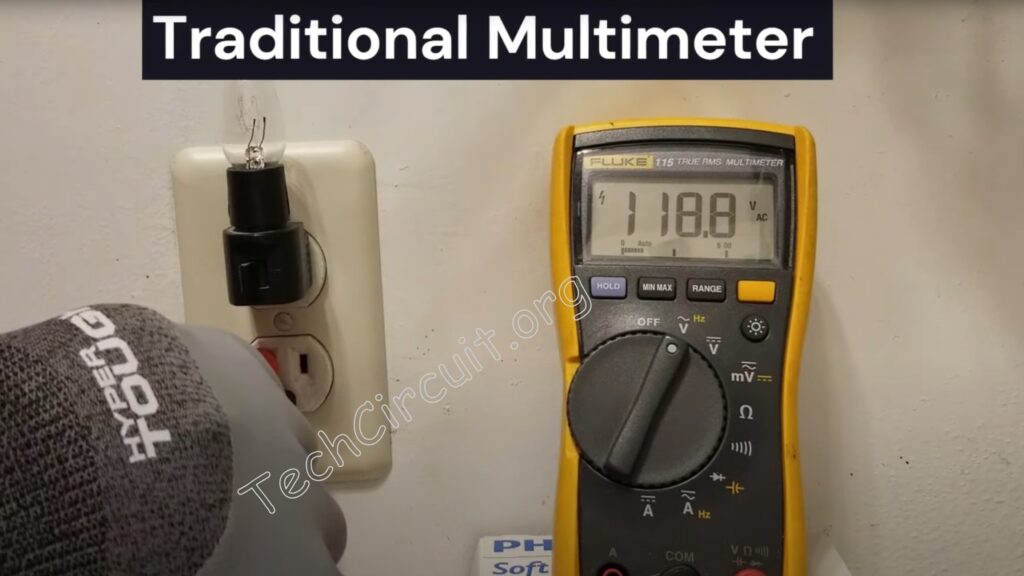
- A voltmeter was used to check the voltage across hot and neutral.
- While it showed 122 volts under no load, it failed to reveal the issue under load.
Low-Z Mode on a Multimeter (CLICK HERE TO PURCHASE):
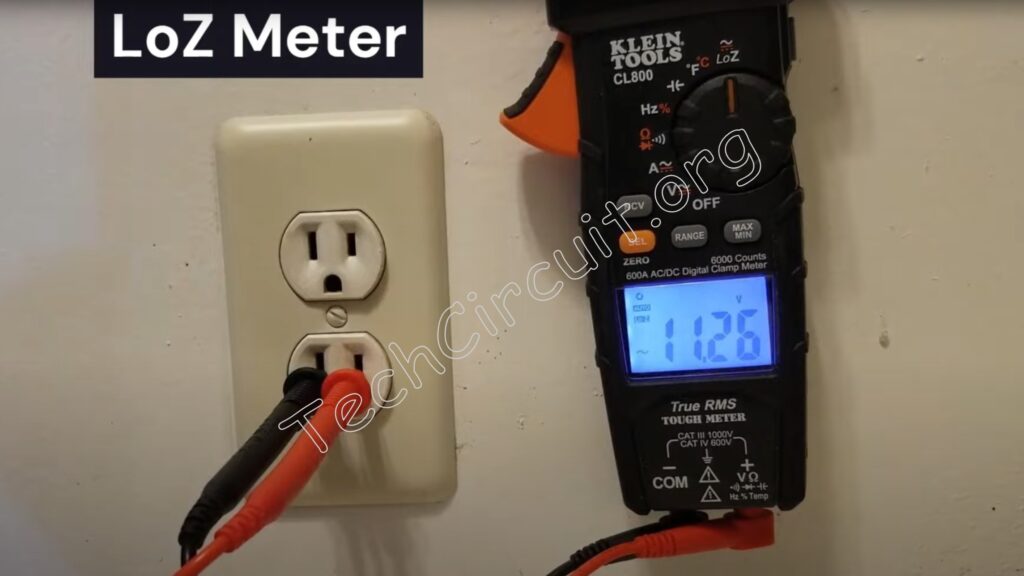
- Low-Z (low impedance) mode applies a small resistance to the circuit, simulating a load.
- In Low-Z mode, the voltage reading dropped to 11 volts, exposing the upstream loose neutral connection.
Voltage Pen (CLICK HERE TO PURCHASE):
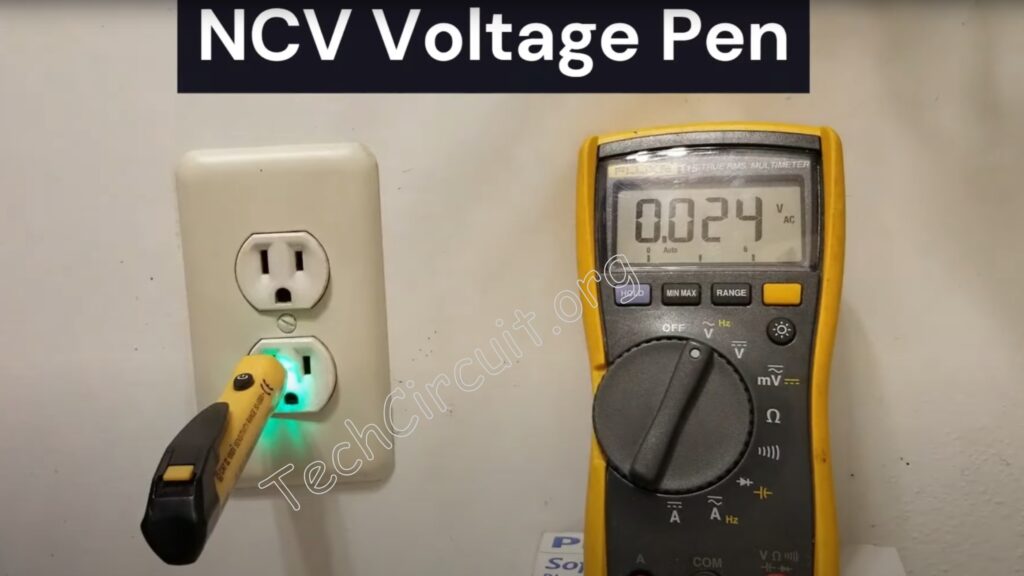
- A non-contact voltage pen detected voltage on both hot and neutral when the outlet was under load, indicating the neutral had risen to near 120 volts when placed under load.
4. How a Loose Neutral Affects Voltage
Neutral is supposed to provide a return path close to ground potential, maintaining a balance in the circuit. A loose neutral causes:
- Voltage to fluctuate based on load.
- Neutral to rise close to the same voltage as hot, reducing the potential difference across the load.
Example Voltage Readings:
- No Load: 122 volts (appears normal).
- Under Load: Voltage between hot and neutral drops to 4 volts.
- Neutral-to-Ground: 118 volts (indicates a loose neutral).
5. Testing for Loose Neutral Connections
To confirm the issue is with the neutral line:
- Use a low-Z multimeter to simulate a load and observe voltage drop.
- Measure voltage from ground to hot (should be 122 volts).
- Measure voltage from ground to neutral (should be close to 0 volts). If it’s high, the neutral is compromised.
6. Limitations of Tools: GFCI Outlets
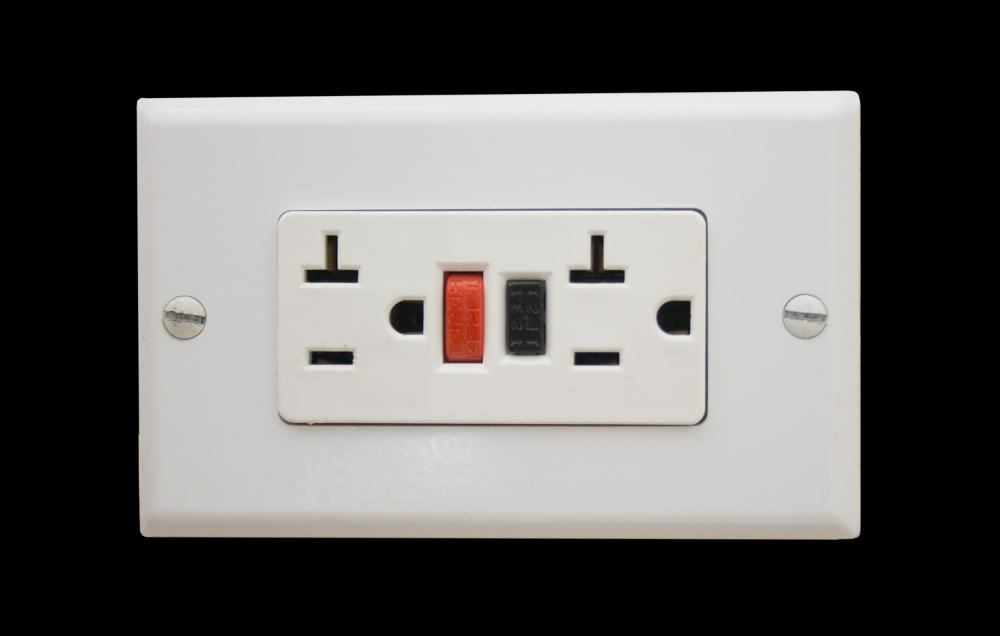
When dealing with GFCI outlets:
- Using a low-Z meter may trip the GFCI (if measuring w/r to ground) due to its low resistance.
- Instead, when using a LoZ meter, measure from hot to neutral, rather than hot to ground.
7. Leveraging a Voltage Pen (CLICK HERE TO PURCHASE)

A voltage pen can reveal valuable information about a floating neutral:
- On a working outlet: Detects voltage only on the hot line.
- On a faulty outlet with a floating neutral: Detects voltage on both hot and neutral when under load.
8. Practical Steps to Diagnose and Fix the Problem
- Start with Simple Tests:
- Check voltage with a multimeter or voltage tester.
- Observe how the outlet behaves under load.
- Use Advanced Tools if Needed:
- Switch to low-Z mode to identify voltage drops under load.
- Use a voltage pen to detect floating neutral behavior.
- Verify Connections:
- Inspect upstream connections for loose or faulty wiring.
- Secure the neutral connections to restore proper function.
Watch our Video on the Subject!
Test Your Knowledge!
How well did you comprehend this article? Let’s find out.
Understanding Open Neutral Testing in 120V Circuits
Select the best answer for each question.
Conclusion
A loose or floating neutral connection can be tricky to identify but is a critical issue to resolve for safe and reliable electrical systems. Using tools like a low-Z multimeter, traditional voltmeter, or voltage pen can help you diagnose and confirm the issue. Always prioritize safety by wearing protective gear and consulting a professional if you’re unsure.
Don’t forget:
“Diverting 10 min/day of social media time towards learning something new, is 5 hours of newfound monthly knowledge.” – SM
To DONATE to the Tech Circuit – CLICK HERE
Alphabetical Links to all Tech Circuit Articles and Blogs – CLICK HERE
Links to all Tech Circuit Cheat Sheets/Field References for Appliance/HVAC Techs – CLICK HERE
For additional electrical and electronics learning material for field techs, visit the following links:
Homepage at http://www.TechCircuit.org
Facebook group at: https://www.facebook.com/groups/746823709133603
Youtube Channel: https://www.youtube.com/@TheTechCircuit
We are a participant in the Amazon Services LLC Associates Program, an affiliate advertising program designed to provide a means for us to earn fees by linking to Amazon.com and affiliated sites.
